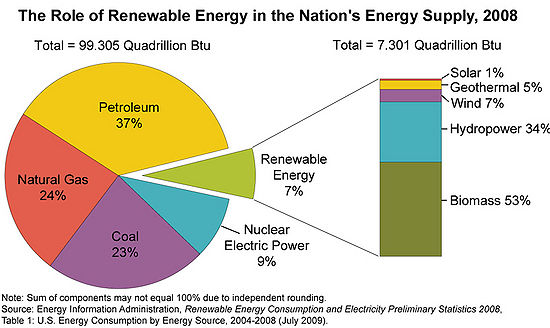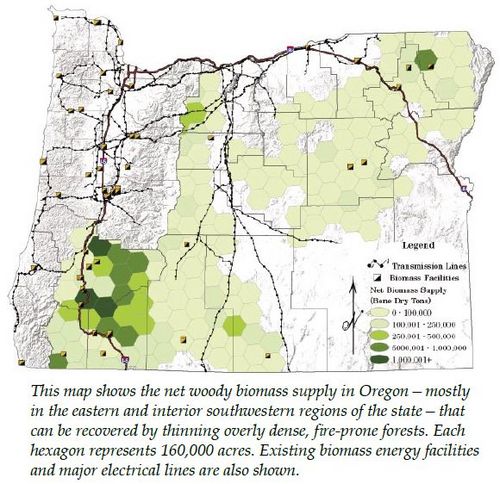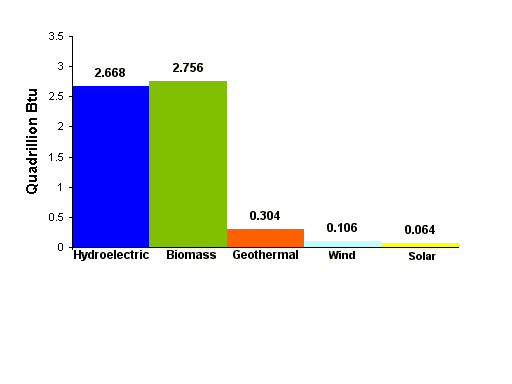Bio Mass in Oregon
<< Back to: Green industry <<
Living plant material is the source of all biomass fuel. Oregon´s biomass resources include wood, agricultural crop residue and organic waste.

Oregon DOE says biomass can be used to produce liquid fuels such as ethanol and biodiesel, generate electicity, or create bioproducts such as plastics or adhesives.
Biomass uses plant or wood products like trees, wood chips, and yard clippings to generate electricity or produce heat. The Oregon Forest Resources Institute says about 15% of Oregon’s forestland have the potential to provide useful woody biomass through thinning. Fuel prices per kWh are lower for wood, says the Biomass Energy Center.

Governor Kitzhaber has unveiled biomass grants, through the Forest Products Energy Project, to develop the state's biomass industry. The existing biomass power generated in the United States, consists of approximately 11,000 MW of summer operating capacity, producing about 1.4 percent of the U.S. electricity supply.
The Oregon Department of Energy estimates that the total energy value of biomass fuel consumed in Oregon was 79 trillion Btu in 2003, about 10 percent of the total amount of non-transportation energy consumed in the state. Biomass supplies about 9 percent of all industrial energy consumed in the state.

Some mills use biomass fuel to generate electricity for on-site uses. Pulp mills burn the residual fiber and components of spent pulping waste to recover and recycle pulping chemicals and to generate steam. Pellets and fuel logs manufactured in Oregon and firewood collected from Oregon forests supply heat to homes.
<< Back to: Green industry <<